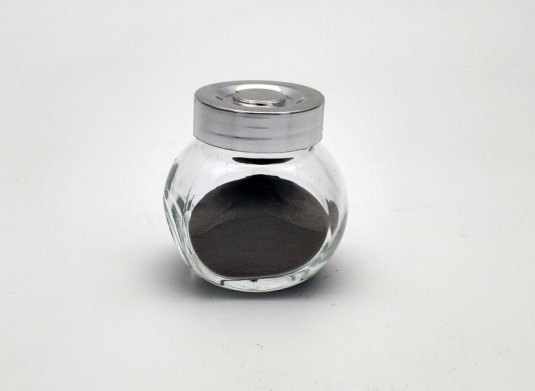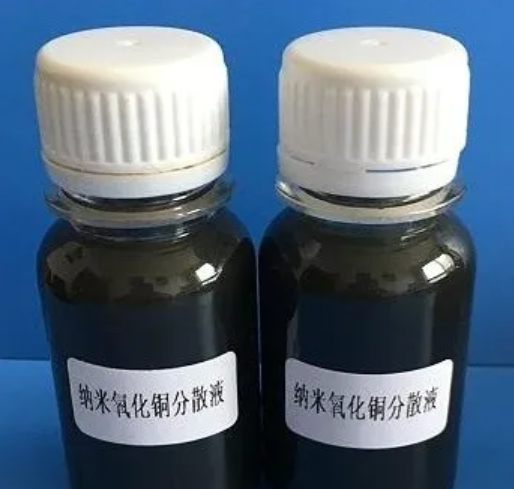
Copper oxide powder is a kind of brown black metal oxide powder, which is widely used.Cupric oxide is a kind of multifunctional fine inorganic material, which is mainly used in printing and dyeing, glass, ceramics, medicine and catalysis.It can be used as catalyst, catalyst carrier and electrode activation material, and can also be used as rocket propellant, which is the main component of catalyst,Copper oxide powder has been widely used in oxidation, hydrogenation, no, Co, reduction and hydrocarbon combustion.
Nano CuO powder has better catalytic activity, selectivity and other properties than large-scale copper oxide powder.Compared with ordinary copper oxide, nano CuO has more excellent electrical, optical and catalytic properties.The electrical properties of nano CuO make it very sensitive to the external environment such as temperature, humidity and light,Therefore, the sensor coated with nano CuO particles can greatly improve the response speed, sensitivity and selectivity of the sensor.The spectral properties of nano CuO show that the infrared absorption peak of nano CuO is widened obviously, and the blue shift phenomenon is obvious.Copper oxide was prepared by nanocrystallization,It is found that nano-copper oxide with smaller particle size and better dispersion has higher catalytic performance for ammonium perchlorate.

Application examples of nano-copper oxide
1as catalyst and desulfurizer
Cu belongs to transition metal, which has special electronic structure and gain and loss electronic properties different from other group metals, and can show good catalytic effect on different chemical reactions, so it is widely used in catalyst fieldWhen the size of CuO particles is as small as nano-scale, due to the special multi-surface free electrons and high surface energy of nano-materials,Therefore, it can show higher catalytic activity and more peculiar catalytic phenomenon than CuO with conventional scaleNano-CuO is an excellent desulfurization product, which can show excellent activity at normal temperature, and the removal accuracy of H2S can reach below 0.05 mg m-3After optimization, the penetration capacity of nano CuO reaches 25.3% at 3 000 h-1 airspeed, which is higher than that of other desulfurization products of the same type
MrGan 18620162680
2Application of nano CuO in sensors
Sensors can be roughly divided into physical sensors and chemical sensorsPhysical sensor is a device that takes external physical quantities such as light, sound, magnetism or temperature as objects and turns the detected physical quantities such as light and temperature into electrical signalsChemical sensors are devices that change the types and concentrations of specific chemicals into electrical signals.Chemical sensors are mainly designed by using the change of electrical signals such as electrode potential directly or indirectly when sensitive materials are in contact with molecules and ions in the measured substancesSensors are widely used in many fields, such as environmental monitoring, medical diagnosis, meteorology, etc.Nano-CuO has many advantages, such as high specific surface area, high surface activity, specific physical properties and extremely small size, which makes it very sensitive to external environment, such as temperature, light and moistureApplying it to the field of sensors can greatly improve the response speed, sensitivity and selectivity of sensors.
3Anti-sterilization performance of nano CuO
The antibacterial process of metal oxides can be simply described as follows: under the excitation of light with energy larger than the band gap, the generated hole-electron pairs interact with O2 and H2O in the environment, and the generated free radicals such as reactive oxygen species react chemically with organic molecules in cells, thus decomposing the cells and achieving the antibacterial purposeAs CuO is a p-type semiconductor, there are holes (CuO)+.It may interact with the environment and play an antibacterial or bacteriostatic roleStudies have shown that nano-CuO has good antibacterial ability against pneumonia and Pseudomonas aeruginosa.
Post time: Jul-04-2022